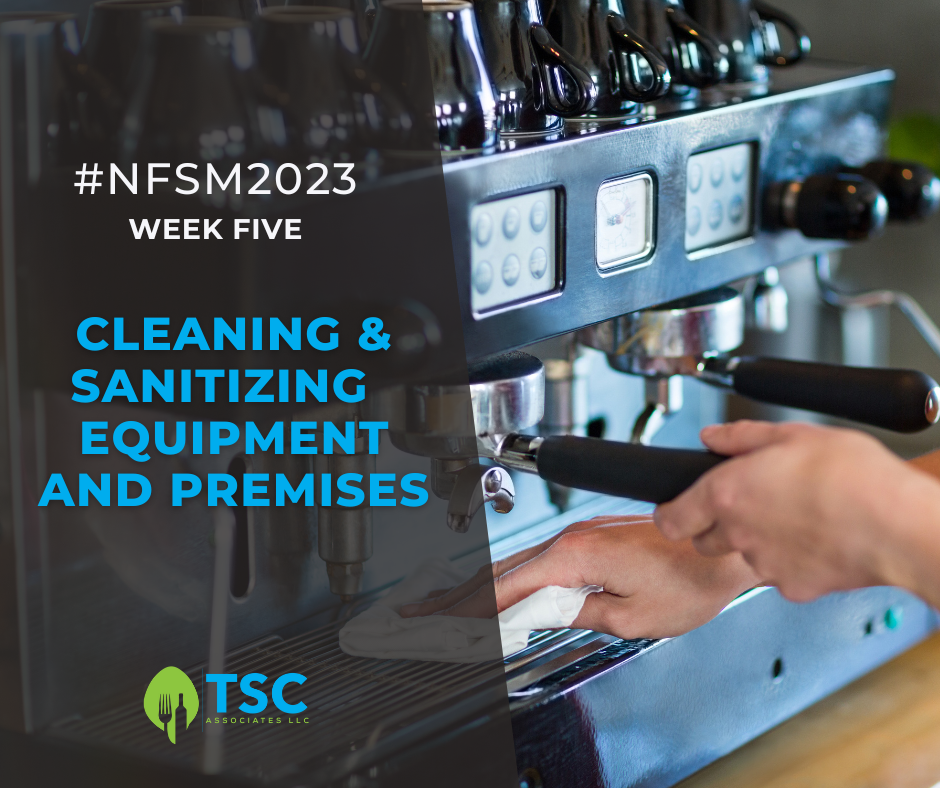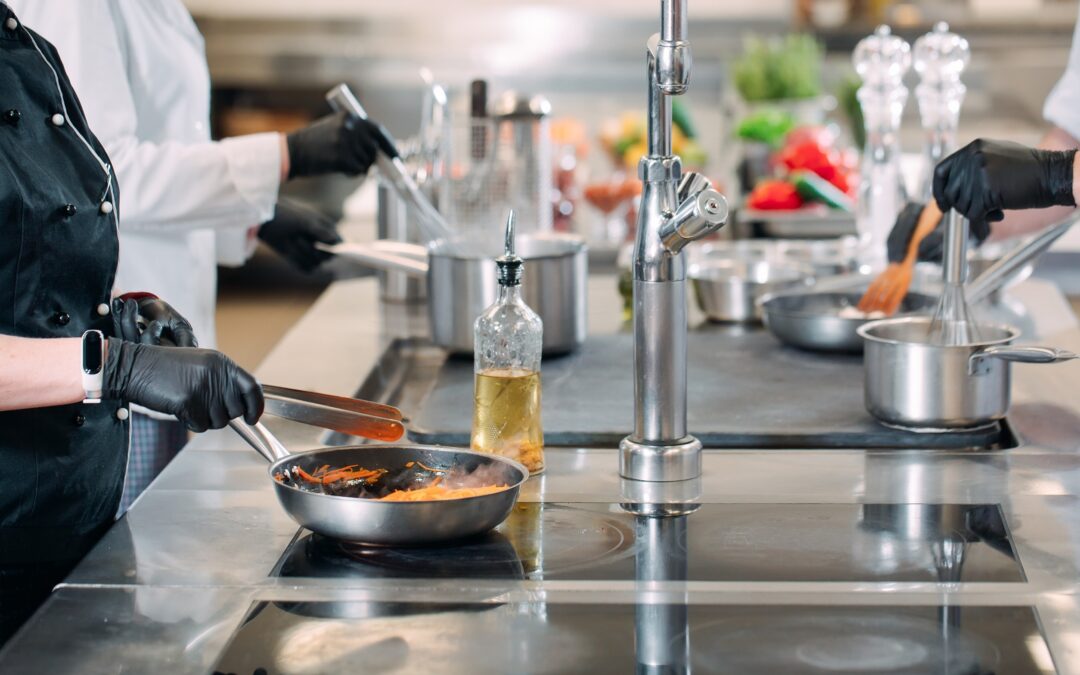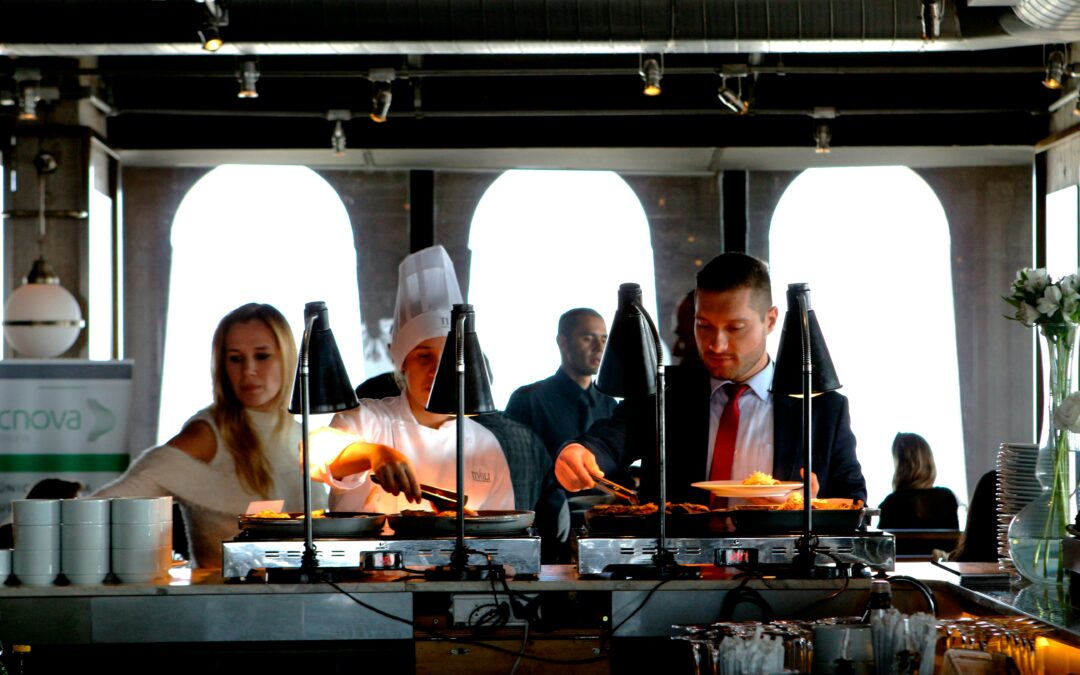From Squeaky Clean to Safety Seen
NFSM Week 5 – Cleaning & Sanitizing Dishes
When it comes to running a successful food service establishment, there’s one ingredient that is just as important as the ingredients in your finest dishes: cleanliness. Maintaining a clean and sanitized restaurant not only ensure the safety of your customers but also plays a crucial role in upholding your establishment’s reputation. To wrap up our series From Squeaky Clean to Safety Seen, we will discuss the art of cleaning and sanitizing restaurant equipment and your establishment as a whole in order to maintain food safety and preserve your establishment’s reputation.
Cleaning Stationary Equipment
In our previous post Cleaning, Sanitizing, and Disinfecting, we discussed when and how to clean and sanitize food contact surfaces. Now, let’s focus on the specific steps for cleaning and sanitizing stationary equipment. Manufacturers typically provide instructions for cleaning equipment, but we here are some general guidelines to go by:
1. Unplug the equipment.
2. Remove any removable parts from the equipment. Wash, rinse and sanitize them by hand or run them through a dishwasher if allowed.
3. Remove any food from the equipment surfaces.
4. Use an approved cleaning solution and the correct cleaning tool to wash the equipment surfaces.
5. Rinse the equipment with clean water.
6. Sanitize the equipment surfaces, making sure the sanitizer comes in contact with each surface.
7. Allow all surfaces to air dry before putting the equipment back together.
Cleaning the Premises
We have discussed cleaning and sanitizing food contact surfaces, including dishes and equipment. Nonfood-contact surfaces, such as floors, walls, ceilings, and storage equipment, must also be cleaning regularly. These surfaces do not have to be sanitized because they do not come into contact with food. Regular cleaning of nonfood-contact surfaces prevents build-up of residue which, in turn, will prevent the growth of pathogens and prevent pest issues.
Cleaning Up After Sickness
Though the circumstance might not happen often, your staff should be trained to handle the clean up of vomit or diarrhea in your food establishment. These substances can carry Norovirus, which is very contagious and could lead to food contamination. Procedures must be in place so that each employee performs the correct action to minimize the contamination and exposure to food, surfaces, and people.
To ensure that your cleaning and sanitizing efforts are effective, it’s crucial to train your staff on best practices. Developing a Master Cleaning Plan will help maintain consistency and thoroughness.
Cleaning and sanitation are not just obligations but cornerstones of a successful food establishment. By following best practices, training your staff, and staying compliant with regulations, you’ll create a safe, welcoming environment that keeps customers coming back for me. Remember, a clean restaurant is a happy restaurant!
Contact us today to find out about our ServSafe® Food Manager Certification!




